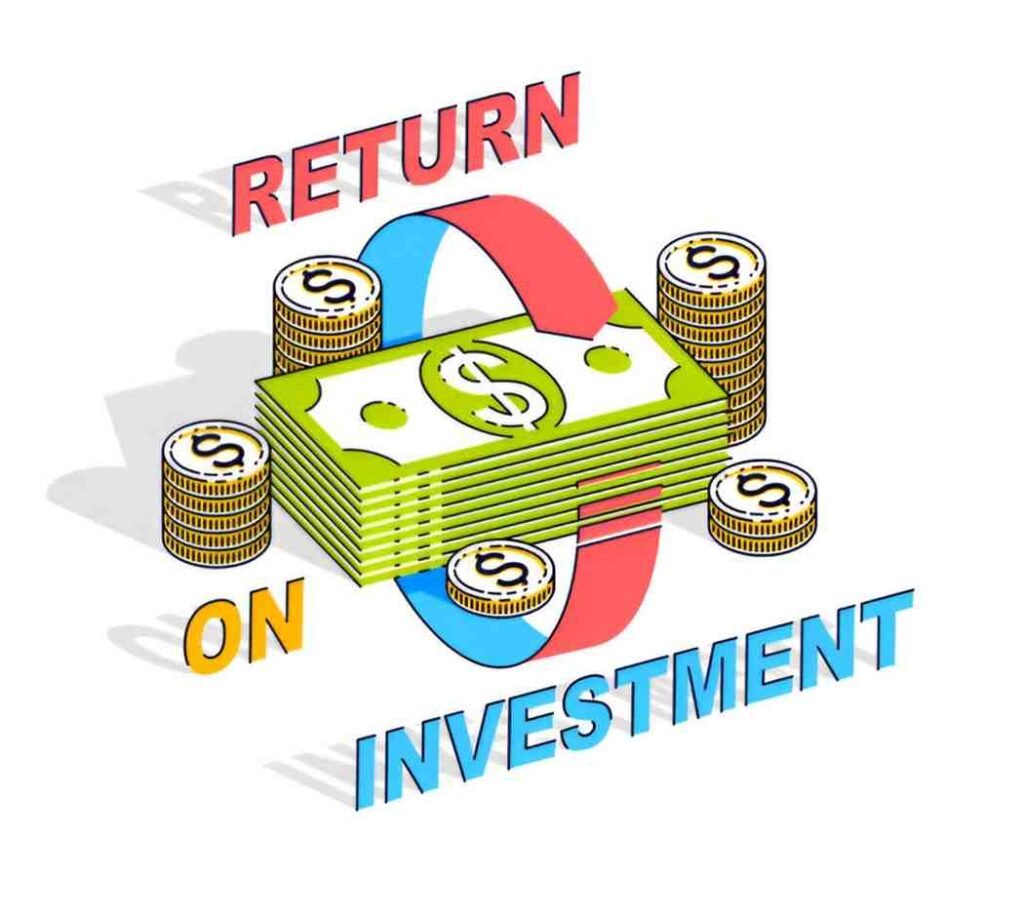When I build an investment portfolio, I focus on one core principle: asset allocation drives returns. Over the years, I’ve seen investors chase high-flying stocks or panic during downturns, only to realize that a disciplined allocation strategy outperforms emotional decisions. In this article, I break down how to structure a portfolio targeting an 8% annual return, why this benchmark matters, and the mathematical framework behind it.
Table of Contents
Why Target an 8% Return?
The 8% figure isn’t arbitrary. Historically, the S&P 500 has delivered an average annual return of about 10% before inflation and 7% after inflation. An 8% target sits between these numbers, balancing growth and risk. It’s aggressive enough to outpace inflation but conservative enough to avoid excessive volatility.
Historical Performance of Major Asset Classes
To understand how we can achieve 8%, we must first examine how different assets perform over time. Below is a comparison of annualized returns (1928–2023):
| Asset Class | Avg. Annual Return | Standard Deviation (Risk) |
|---|---|---|
| U.S. Large-Cap Stocks | 10.2% | 15.4% |
| U.S. Small-Cap Stocks | 12.1% | 19.8% |
| International Stocks | 8.5% | 17.2% |
| Bonds (10Y Treasury) | 5.1% | 7.6% |
| Real Estate (REITs) | 9.3% | 18.5% |
Source: NYU Stern, Federal Reserve Economic Data (FRED)
From this, we see that stocks dominate long-term returns, but bonds reduce volatility. A mix of both is essential for an 8% target.
The Math Behind Asset Allocation
To model expected returns, I use the weighted average return formula:
E(R_p) = w_1 \times R_1 + w_2 \times R_2 + \dots + w_n \times R_nWhere:
- E(R_p) = Expected portfolio return
- w_i = Weight of asset i in the portfolio
- R_i = Expected return of asset i
Example: A Simple 60/40 Portfolio
Suppose we allocate:
- 60% to U.S. stocks (expected return: 10%)
- 40% to bonds (expected return: 5%)
The expected portfolio return is:
E(R_p) = 0.60 \times 10\% + 0.40 \times 5\% = 8\%This classic 60/40 split hits our target. But is it optimal? Not always.
Refining the Allocation for Higher Efficiency
The 60/40 portfolio has drawbacks:
- Low bond yields (post-2020, 10Y Treasuries yielded ~2-3%)
- Concentration risk (overexposure to U.S. equities)
To improve, I diversify further:
Revised Allocation for 8% Return
| Asset Class | Allocation (%) | Expected Return (%) | Contribution to Return (%) |
|---|---|---|---|
| U.S. Large-Cap | 40 | 10.0 | 4.0 |
| U.S. Small-Cap | 10 | 12.0 | 1.2 |
| International Stocks | 20 | 8.5 | 1.7 |
| Corporate Bonds | 20 | 5.5 | 1.1 |
| REITs | 10 | 9.3 | 0.9 |
Total Expected Return: 4.0 + 1.2 + 1.7 + 1.1 + 0.9 = 8.9\%
This mix exceeds 8% while reducing reliance on any single asset.
Risk Management: The Hidden Factor
Expected returns are only half the story. Volatility determines whether investors stick to the plan. I assess risk using:
\sigma_p = \sqrt{\sum_{i=1}^n w_i^2 \sigma_i^2 + \sum_{i \neq j} w_i w_j \sigma_i \sigma_j \rho_{ij}}Where:
- \sigma_p = Portfolio standard deviation
- \rho_{ij} = Correlation between assets i and j
Correlation Matters
Stocks and bonds historically have low correlation (~0.2), meaning bonds often rise when stocks fall. Adding REITs (correlation with stocks: ~0.6) and international stocks (~0.8) further diversifies risk.
Tax Efficiency and Asset Location
In the U.S., taxes erode returns. I optimize by:
- Holding bonds in tax-deferred accounts (IRA/401k)
- Keeping stocks in taxable accounts (lower capital gains taxes)
A $100,000 investment growing at 8% for 30 years yields:
- Taxable account (25% capital gains tax): 100,000 \times (1.08^{30} - 1) \times 0.75 + 100,000 = \$745,000
- Tax-deferred account (no tax until withdrawal): 100,000 \times 1.08^{30} = \$1,006,000
Difference: $261,000. Asset location matters.
Behavioral Pitfalls to Avoid
Even the best allocation fails if investors:
- Panic-sell during downturns
- Over-concentrate in trending assets (e.g., tech stocks in 2021)
- Ignore rebalancing (letting winners dominate the portfolio)
I recommend annual rebalancing to maintain target weights.
Final Thoughts
An 8% return target is realistic but requires discipline. By blending asset classes, managing risk, and optimizing taxes, I build portfolios that endure market cycles. The key isn’t chasing returns—it’s controlling what we can: costs, diversification, and behavior.




